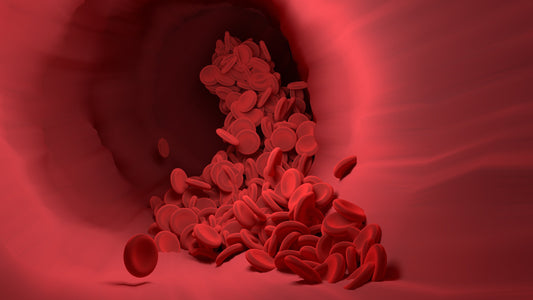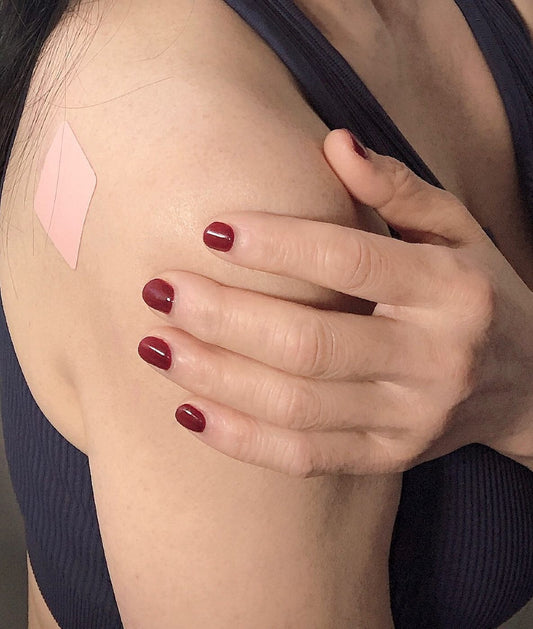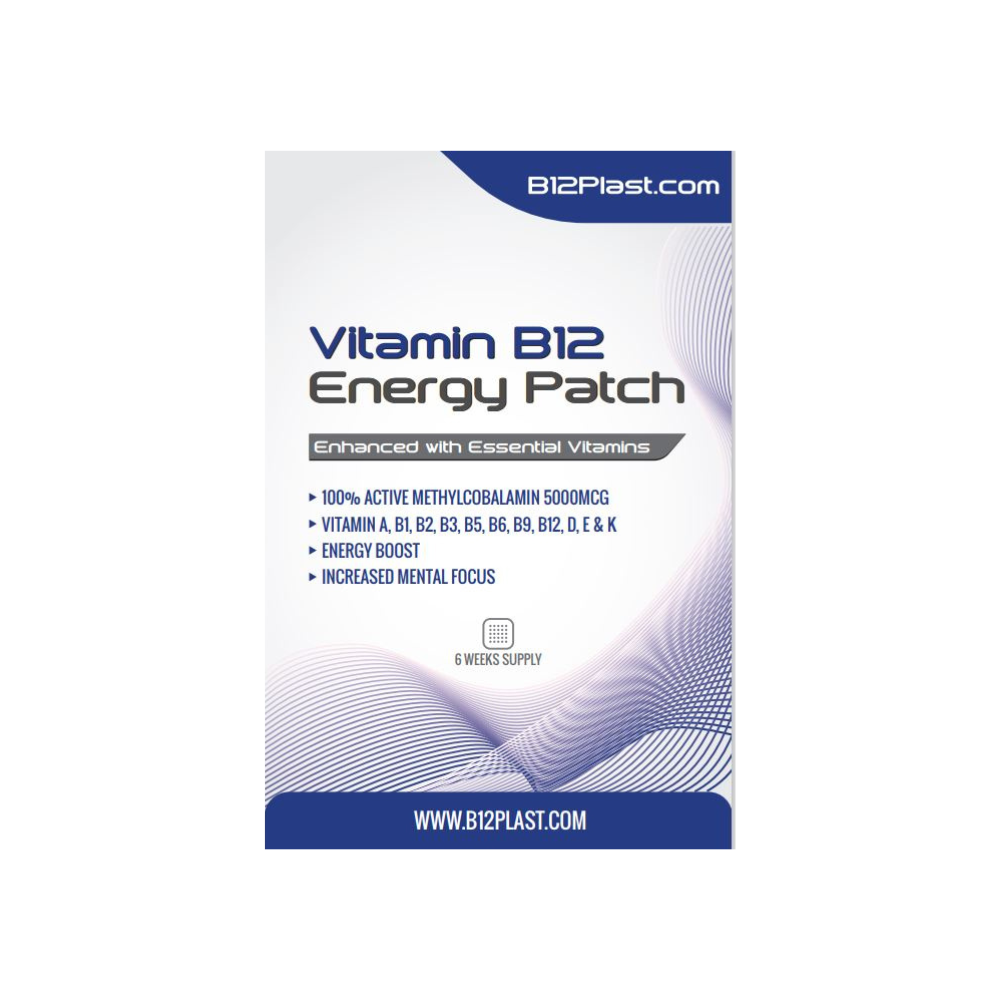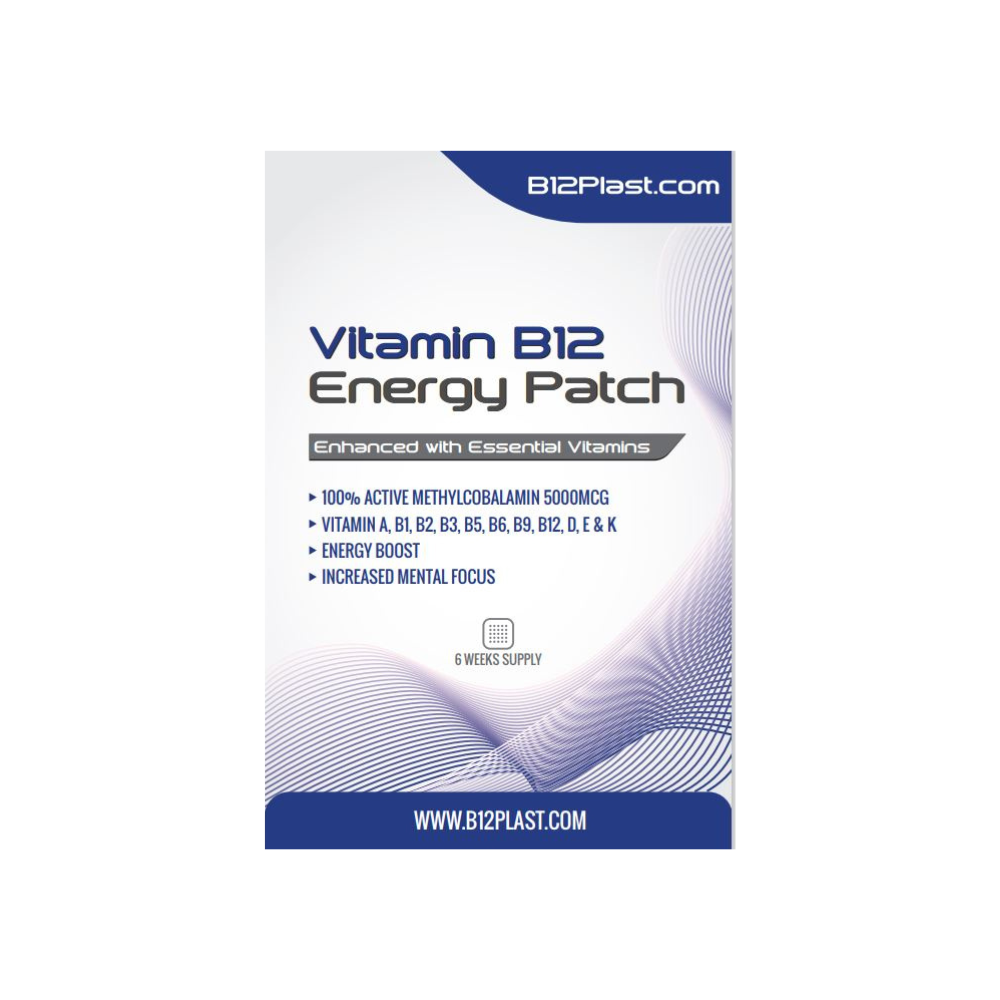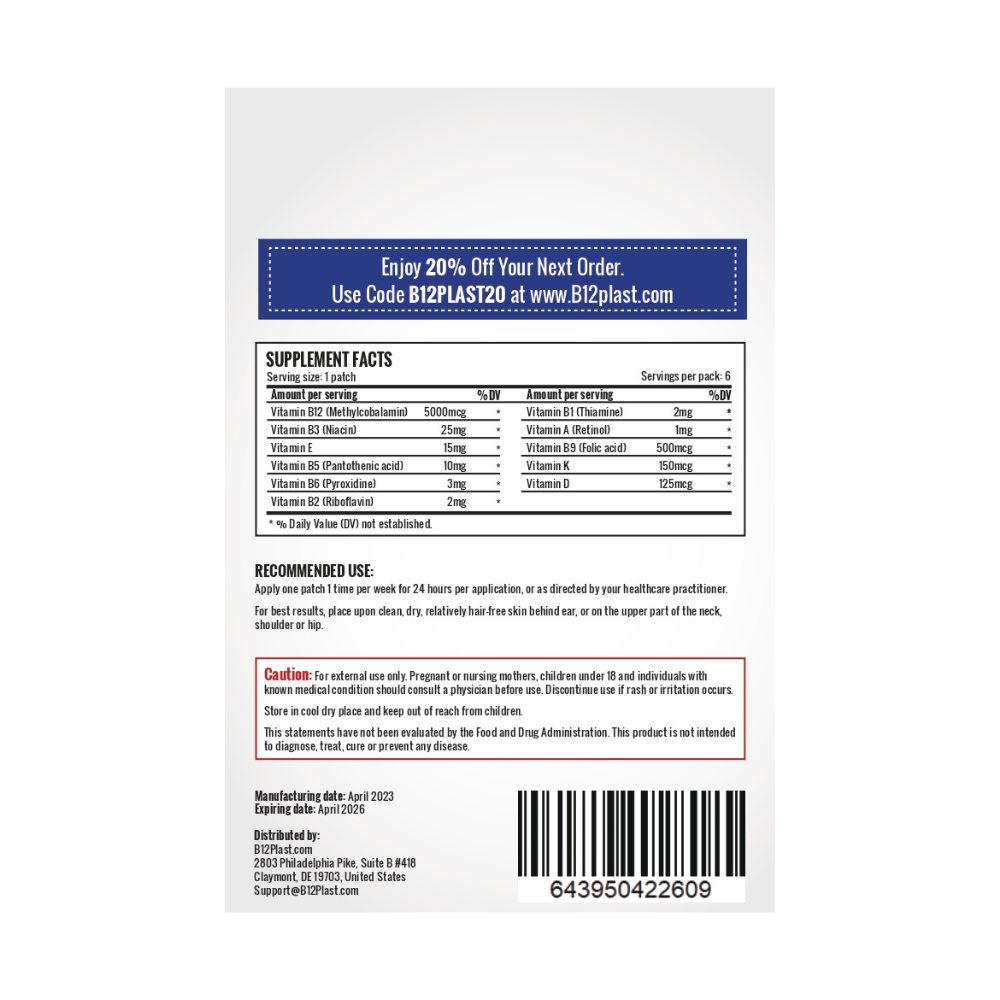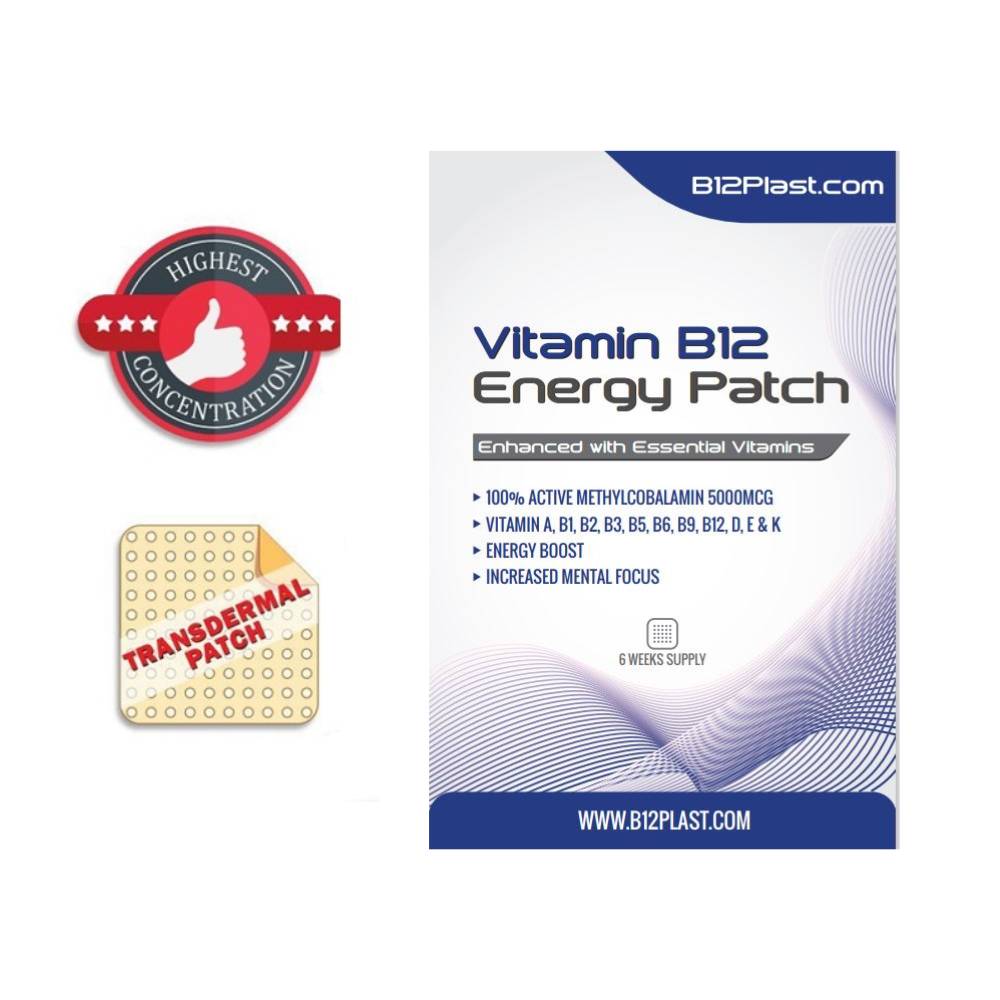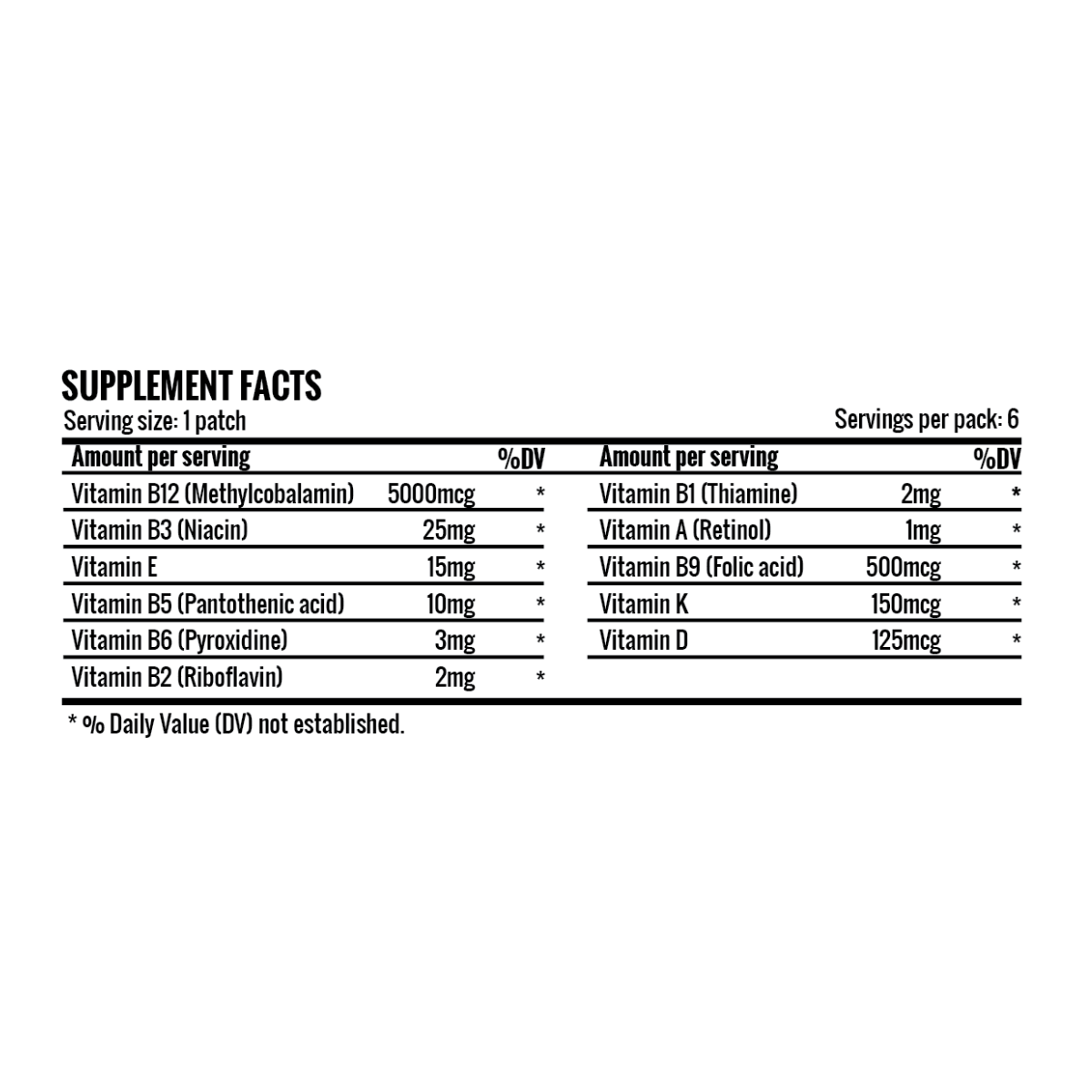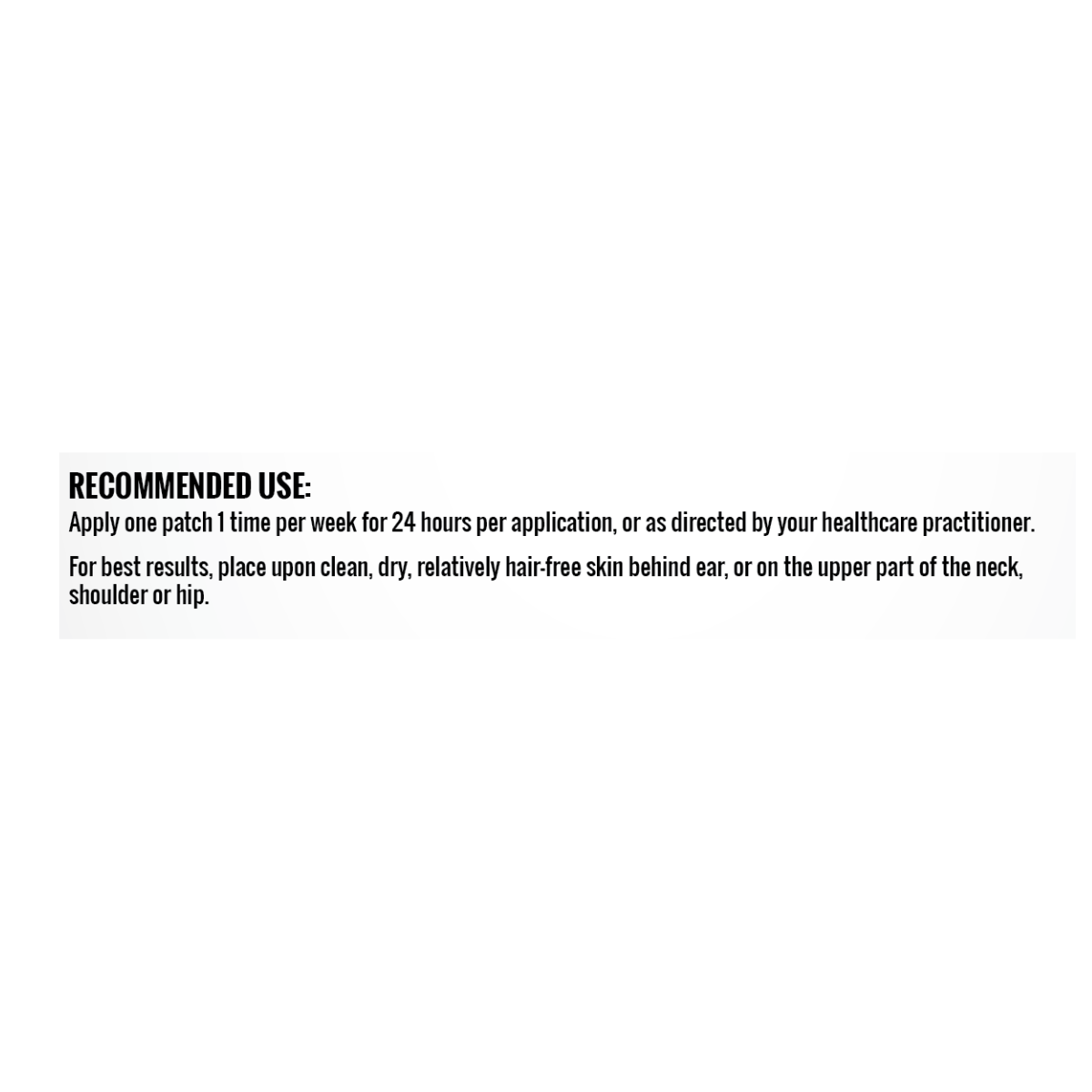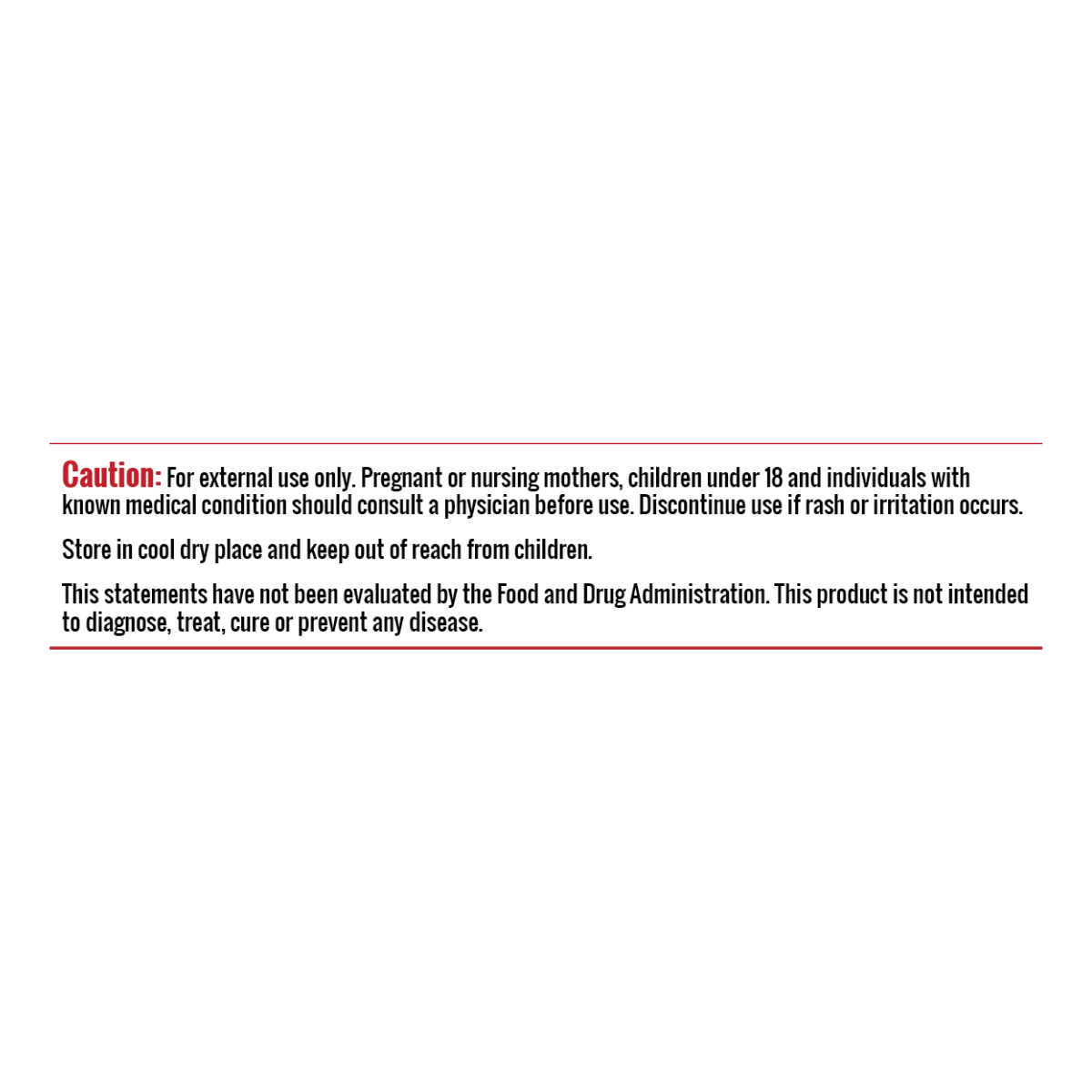When traditional medicines fail to give the desired effect, you look for alternatives. Transdermal patches are the most non-invasive methods of delivering medicines for a host of ailments. Administering medicines through transdermal patches makes a lot of sense since it cannot cause any discomfort or side effects unlike the traditional ones can do.
On tracing back, we can come across the use of medicine via bandages right during the times of ancient civilizations like that of the Sumerians. Before, herbal pastes with the use of animal fats were applied on the skin, and they used to wrap bandages. Today, with the advancement in the medical industry, transdermal patches came into existence. It was in the twentieth century that more innovation on this topical application of the patches began to take a modern shape. The sector of generic transdermal patches is set to grow from 20 to 40%!
The Way Transdermal Patches Work
It is relatively easy to use these transdermal patches. They are ideal for use anywhere on the body. These patches come small and can be put on the skin superficially using adhesives. Above all, their surface has medicines, which penetrate through the skin pores. It will allow for the restricted permeation of the medicines. The doctors may ask the patients to have these patches on the skin for a few hours to a few days. This will depend on the ailment and today, one can come across these Transdermal patches for various purposes with ease.
The skin covers the entire body, and it helps in recovery and healing processes too. The epidermal layer of the skin is the topmost layer. It has corneum allowing or blocking foreign bodies from entering. It is on top of this layer that we stick the Transdermal patch. The medicine enters from the epidermis to the dermis and beyond.
Under this epidermis is the dermis, which gives strength and support to the tissues underneath. There are hair follicles and sweat glands in this layer.
The innermost skin layer is the hypodermis. This subcutaneous tissue is primarily made of fat and more tissues. The blood vessels passing through the layers of skin allow this medicine to enter the blood. Once the medication passes on from the skin to blood, it goes into the body through the circulatory system. The body heat of a patient facilitates in the process allowing the medication to pass effectively.
This is a lot different from the pills, tonics or ointments and injections. The measured passage of the medicine from the skin works great to the affected body part. It is only a matter of time before patches with more effective results and several diseases will hit the market. Additionally, this delivery method is the most non-invasive and the best one for those fearing from injections.
References:


